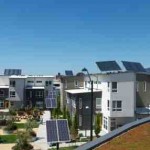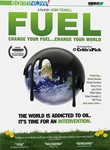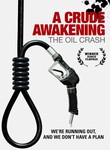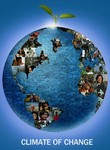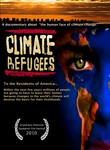The following resource list provides links to organizations and websites that provide valuable information on green affordable housing. Many of these resources are focused on multi-family low-income housing developments, but some also apply to single-family affordable homes.
Global Green USA: Greening Affordable Housing Initiative *
A few of Global Green’s projects and resources:
- Holy Cross project, New Orleans
- Blueprint for Greening Affordable Housing (2nd Edition), edited by Global Green USA (Island Press, 2007) *
- Solar Affordable Housing Assessment Calculator (for California LIHTC developments)
Affordable Housing Design Advisor
Energy Efficient Rehab Advisor (HUD / Energy Star)
Enterprise Green Communities *
Green Affordable Housing Coalition (Build It Green, CA)
Habitat for Humanity: Sustainable Building / Construction Technologies
Home Depot Foundation’s Affordable Housing Built Responsibly grant/awards program
LEED for Homes’ Initiative for Affordable Housing
LISC (Local Initiatives Support Corporation): Sustainable Communities programs
National Center for Healthy Housing
Partnership for Sustainable Communities *
U.S. Department of Housing and Urban Development (HUD): Office of Sustainable Housing and Communities , and
HUD Green Homes and Communities information
U.S. Interagency Partnership for Sustainable Communities (HUD/EPA/DOT)
* = I have worked on writing projects for the organizations that are marked with an asterisk. I also used to work for an architecture firm that specializes in designing green affordable housing projects in the Boston metropolitan area: Davis Square Architects.
If you know of other relevant resources, please mention them in the Comments below. Thanks!


 The sustainability of one’s home depends as much (if not more) on its
The sustainability of one’s home depends as much (if not more) on its  …is located close to your (and your family’s) jobs and schools; close to shops, parks, civic buildings, and other services and amenities your family regularly uses; and close to public transit stops—ideally within
…is located close to your (and your family’s) jobs and schools; close to shops, parks, civic buildings, and other services and amenities your family regularly uses; and close to public transit stops—ideally within 

